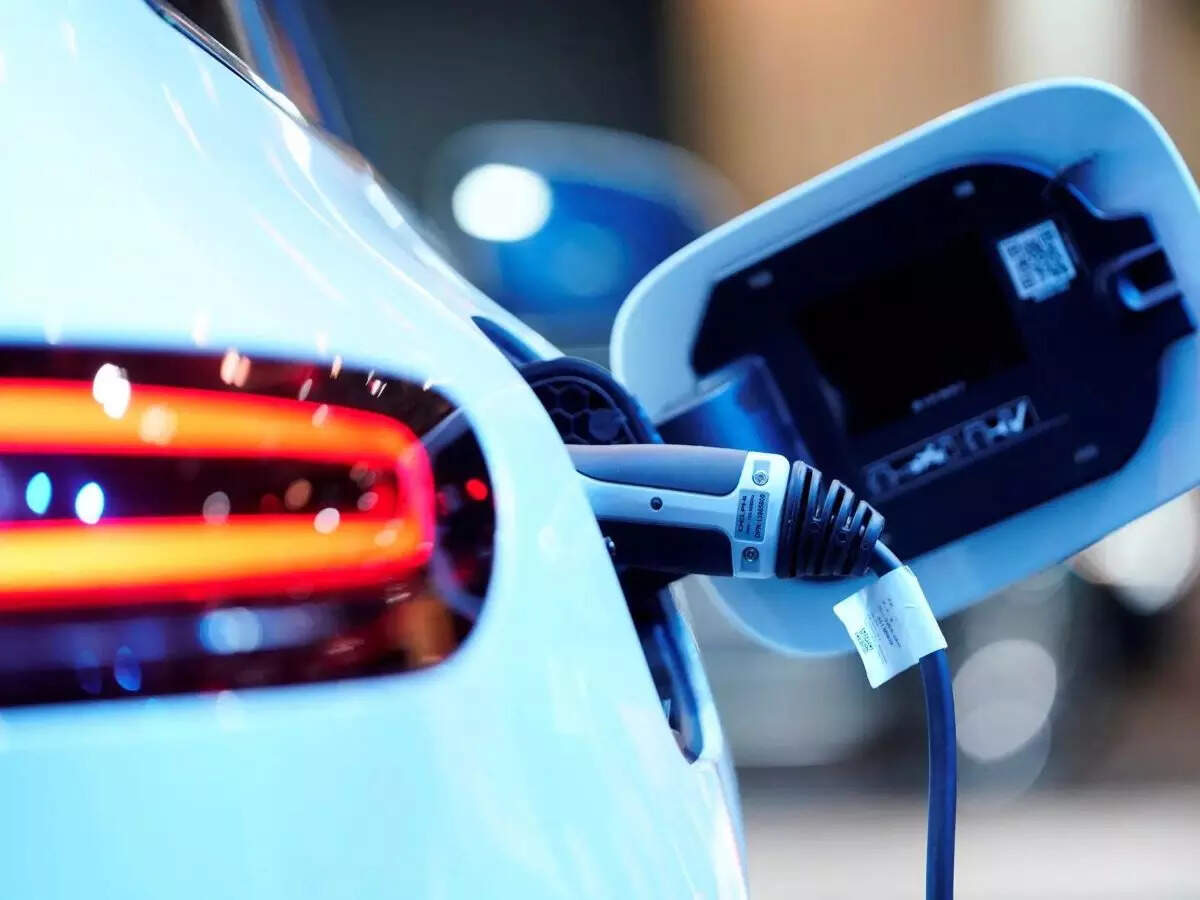
New Delhi: India’s electric vehicle (EV) market is projected to reach USD 48.6 billion by 2030, according to a report by Forvis Mazars. This significant growth is driven by the rapid expansion of public Battery Electric Vehicle (BEV) charging stations, which increased nearly ninefold from 1,800 in February 2022 to 16,347 in March 2024. This expansion highlights India’s efforts to meet the rising demand for EVs.
Rohit Chaturvedi, Partner and Transport and Logistics Sector Leader at Forvis Mazars in India, emphasized the urgency of scaling up infrastructure. “India needs to scale up public charging infrastructure to meet the growing demand and reduce range anxiety. By 2030, electric vehicles are projected to make up almost one-third of India’s passenger vehicle market, highlighting the significant infrastructure requirements,” he said.
By 2030, India is projected to have around 50 million EVs on its roads, with a market size expected to reach USD 48.6 billion. To meet this demand, India will need to install over 400,000 chargers annually, totaling 1.32 million chargers by 2030. The Ministry of Heavy Industries has approved 2,877 EV charging stations across multiple states and 1,576 stations on 16 highways and 9 expressways.
Globally, electric car sales surged by 27% from 2022 to 2023, reaching 13.09 million vehicles. This growth underscores the critical need for a robust charging infrastructure to support the increasing number of EVs, which totaled more than 40 million by 2024.
In India, EV sales tripled in the last fiscal year, particularly in the two-wheeler (2W) and three-wheeler (3W) segments. The market for four-wheelers (4W) also shows potential with new model launches anticipated. Factors such as lower total cost of ownership, ease of use, sustainable choices, a growing supplier network, product customization, and government incentives like the FAME-II scheme are driving EV adoption and charging infrastructure growth.
India’s charging infrastructure faces unique demands due to the prevalence of 2Ws and 3Ws, which primarily use AC slow charging and battery swapping. In contrast, 4Ws and buses require a mix of AC and DC charging solutions. Home and workplace charging is expected to dominate for private 2Ws and 4Ws, while commercial fleets will rely on private depots or public charging networks.
The Faster Adoption and Manufacturing of Hybrid and Electric Vehicles (FAME) scheme provides incentives for EV adoption and charging infrastructure growth. The Ministry of Housing and Urban Affairs targets semi-public charging at 20% of all vehicle holding capacity, with additional power load requirements for premises.

